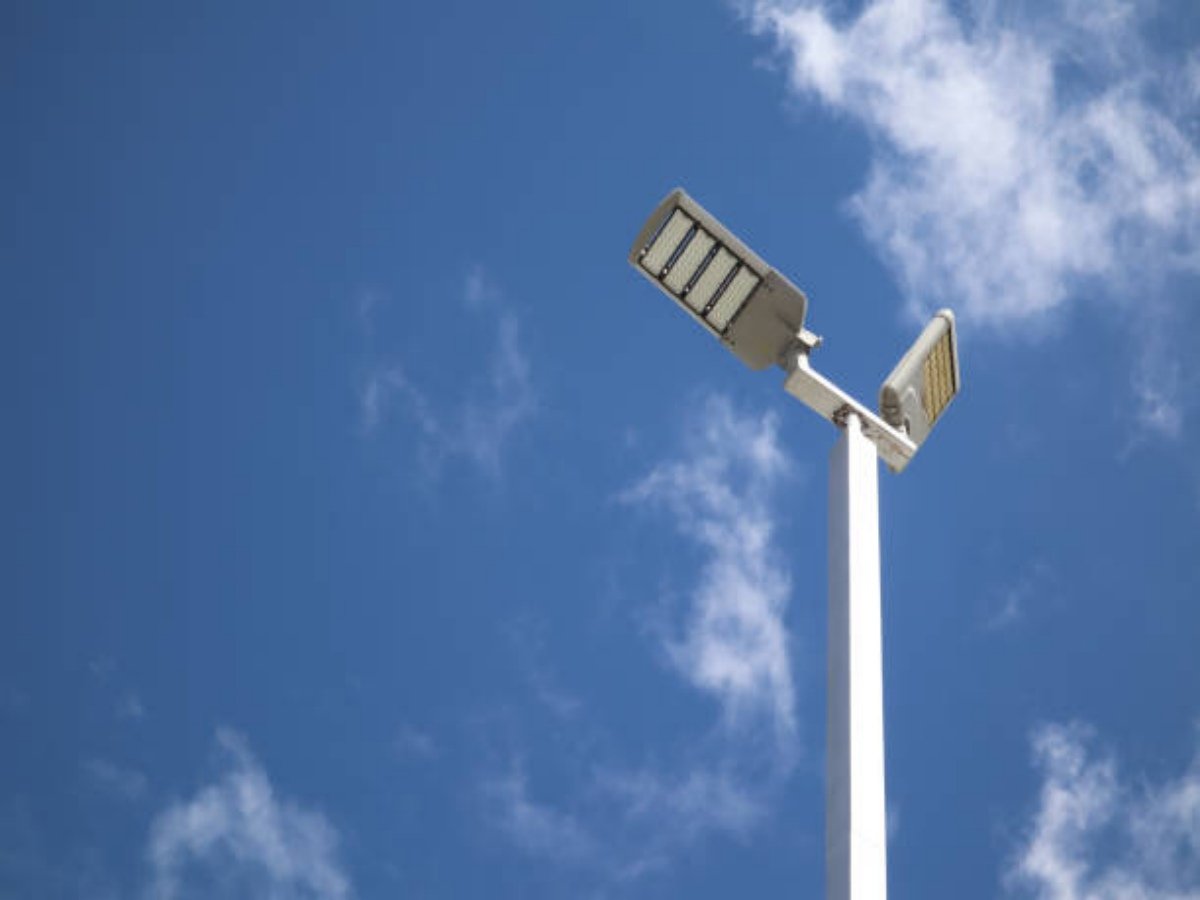Why Waterproof Cable Sleeve is Essential for Cable Protection
Cables are an integral part of our modern world, connecting devices and enabling the flow of information and power. However, cables are vulnerable to various environmental factors, including moisture, dust, and physical damage. This is where waterproof cable sleeves come into play. In this comprehensive guide, we will explore the importance of waterproof cable sleeves and how they can effectively protect your cables from potential hazards.
Understanding the Basics of Waterproof Cable Sleeves
Waterproof cable sleeves, also known as cable conduit or cable wraps, are protective covers designed to safeguard cables from moisture, dust, and other external elements. These sleeves are typically made from durable and flexible materials, such as polyethylene or neoprene, which provide excellent resistance against water and mechanical stress. By encasing cables within a waterproof sleeve, you can ensure their longevity and performance in various environments.
The Advantages of Waterproof Cable Sleeves
1. Enhanced Durability: Waterproof cable sleeves offer superior durability, protecting cables from wear and tear caused by friction, bending, and exposure to harsh conditions. This durability translates into longer cable lifespans and reduced maintenance costs.
2. Moisture Resistance: One of the primary benefits of waterproof cable sleeves is their ability to repel moisture. This is crucial in environments where water exposure is likely, such as outdoor installations or industrial settings. By keeping moisture at bay, these sleeves prevent corrosion, short circuits, and other electrical issues.
3. Protection Against Physical Damage: Waterproof cable sleeves provide a layer of physical protection, guarding cables against accidental impacts, abrasions, and crushing forces. This is especially important in high-traffic areas or construction sites where cables are at a higher risk of damage.
Applications of Waterproof Cable Sleeves
Waterproof cable sleeves find applications in various industries and settings. Here are a few examples:
1. Outdoor Installations: Whether it's outdoor lighting, security systems, or telecommunications infrastructure, waterproof cable sleeves ensure the longevity and reliability of cables exposed to the elements.
2. Industrial Environments: Manufacturing plants, warehouses, and other industrial settings often involve exposure to moisture, dust, and chemicals. Waterproof cable sleeves protect cables in these harsh conditions, minimizing downtime and maintenance requirements.
3. Marine and Automotive Applications: Waterproof cable sleeves are extensively used in marine and automotive industries to safeguard electrical wiring from water, salt, and vibration, ensuring optimal performance and safety.
Choosing the Right Waterproof Cable Sleeve
When selecting a waterproof cable sleeve, several factors should be considered:
1. Material: Choose a sleeve made from a durable and flexible material that is resistant to water, chemicals, and UV radiation. Common options include polyethylene, neoprene, and silicone.
2. Size and Diameter: Ensure the sleeve is suitable for the cable's diameter and length, allowing for easy installation and proper cable fit.
3. Temperature Range: Evaluate the temperature range of the sleeve to ensure it can withstand the operating conditions of your application.
4. Installation Method: Consider the ease of installation and whether the sleeve offers additional features such as self-sealing or adhesive lining for a secure fit.
Installing Waterproof Cable Sleeves
Installing a waterproof cable sleeve is a straightforward process:
1. Measure the Cable: Determine the length of the cable that needs protection and cut the sleeve accordingly, leaving some extra length for flexibility.
2. Open the Sleeve: If the sleeve has a split design, open it by separating the sides. Some sleeves may have a zipper-like closure for easy installation.
3. Slip the Sleeve onto the Cable: Slide the sleeve over the cable, ensuring it covers the entire length that requires protection.
4. Seal the Ends: If the sleeve is not self-sealing, use heat shrink tubing or cable ties to secure the ends of the sleeve, providing additional protection against moisture ingress.
Maintaining and Inspecting Waterproof Cable Sleeves
To ensure the continued effectiveness of waterproof cable sleeves, regular maintenance and inspections are recommended:
1. Cleanliness: Keep the sleeves clean by wiping them with a damp cloth or using a mild cleaning solution. This helps remove any dirt or contaminants that may compromise their waterproof properties.
2. Visual Inspection: Periodically inspect the sleeves for any signs of wear, damage, or degradation. Look for cracks, tears, or looseness that could allow moisture or dust to penetrate.
3. Replacement: If any sleeves are found to be damaged or worn out, promptly replace them to maintain the integrity of cable protection.
Conclusion
Waterproof cable sleeves are an essential component in ensuring the longevity, reliability, and safety of cables in various applications. By investing in high-quality sleeves and following proper installation and maintenance practices, you can protect your cables from moisture, physical damage, and other potential hazards. Whether you need to safeguard outdoor installations, industrial equipment, or marine and automotive wiring, waterproof cable sleeves provide an effective solution for cable protection.

